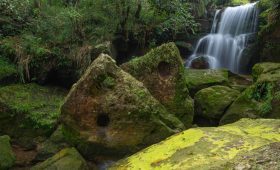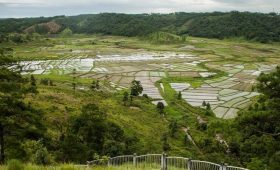If visiting Assam, Sibsagar is definitely the most go-to place! The place holds many significant history and also a sceneric nature to make you fall in love with everything here. Tea gardens encircle the lovely town. It served as the seat of the Ahom kingdom, which ruled for 600 years before the British arrived.
A Peace of History
Sivasagar, which literally translates as “the ocean of Lord Shiva,” is a tranquil location littered with the obvious remnants of a great empire. It is a mediaeval town that is located around 369 miles from Assam’s main commercial centre, Guwahati.
The 200-year-old Rang Ghar, Kareng Ghar, Sivasagar, Garurisagar, and Rudrasagar Tanks are the town’s most impressive natural feature.
Sivasagar was formerly referred to as Rangpur. Before the arrival of the British, it served as the seat of government for the powerful Ahom Kingdom, which dominated Assam for more than 600 years, from 1228 to 1826. According to history, Sivasagar was also referred to as “Kalansupar” after a man by the name of “Kalansu Gohain” who lived in a village that once stood where the Sivasagar tank is now. Sivasagar was separated into three parts for administrative purposes following the British conquest of the region in 1825. Speaking of population, the entire district is 4996 square metres in size and home to roughly 60 lakh people.
Best time to visit Sibsagar, Assam
You can visit this historical District of Assam anytime around the year.
The daytime temperature during the summer season, which lasts from May through September, ranges from 27°C to 38°C. During this season, a few dazzles of light rain are to be expected.
April marks the start of the monsoon season, which lasts until September. The months of July and August see a lot of rain, and the climate is still humid. Between 31°C to 38°C are the typical daytime temperatures.
The winter season begins in November and lasts until February. 10°C to 12°C is the minimum temperature range. Maximum temperatures hover between 20 and 24 degrees Celsius. February is still a beautiful and peaceful month.
How to reach Sibsagar
By Road: From Guwahati, the Assam state capital, you can take a bus to Sibsagar. Guwahati has both daytime and nighttime bus services. You can complete the journey in 7 to 8 hours ( 367km). Sibsager can be reached from Dibrugarh in under 2 hours and aprroximately 80 kilometres.
By Train: The closest train station to Sivasagar is Sivasagr Town and Simaluguri Junction. There are several trains that go between Guwahati and Dibrugarh to Simaluguri.
By air: The closest airports to Sivasagar by air are those in Dibrugarh and Jorhat.
Places to visit in Sibsagar
1. SHIVA DOL
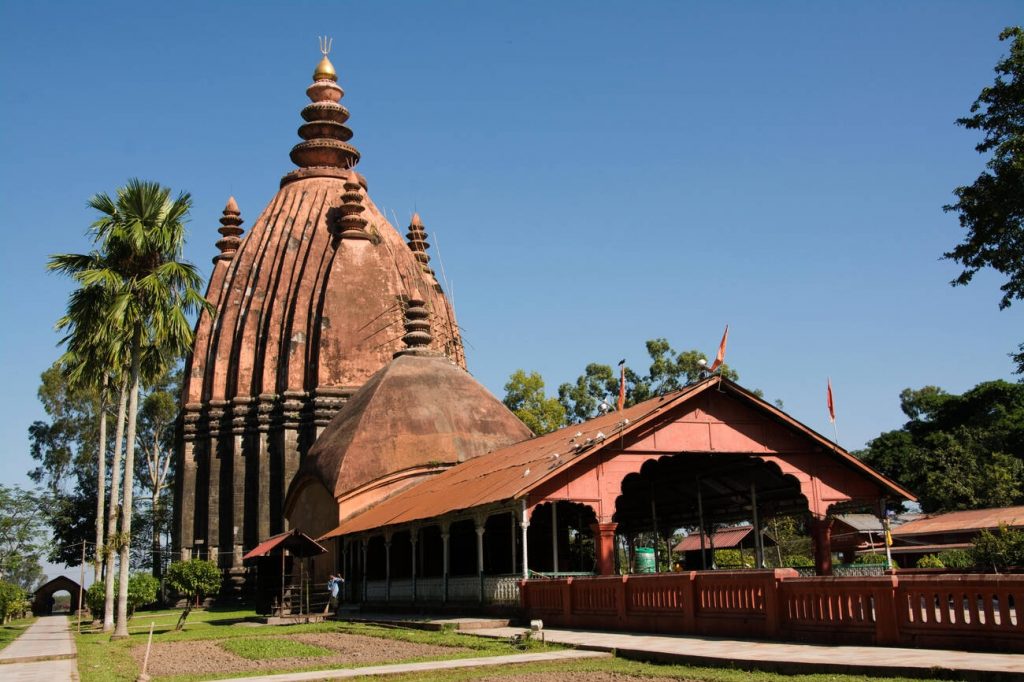
Shiva Dol is a popular destination in the state of Assam. This location, which is also one of the most well-known pilgrimage sites in the nation, located in the Sivasagar district. The tallest Shiva temple in all of Northeast India is called Shiva Dol. With a height of 104 feet, it is also the tallest temple in the nation. Other nearby tiny temples are the Vishnu Dol and the Devi Dol.
2. VISHNU DOL
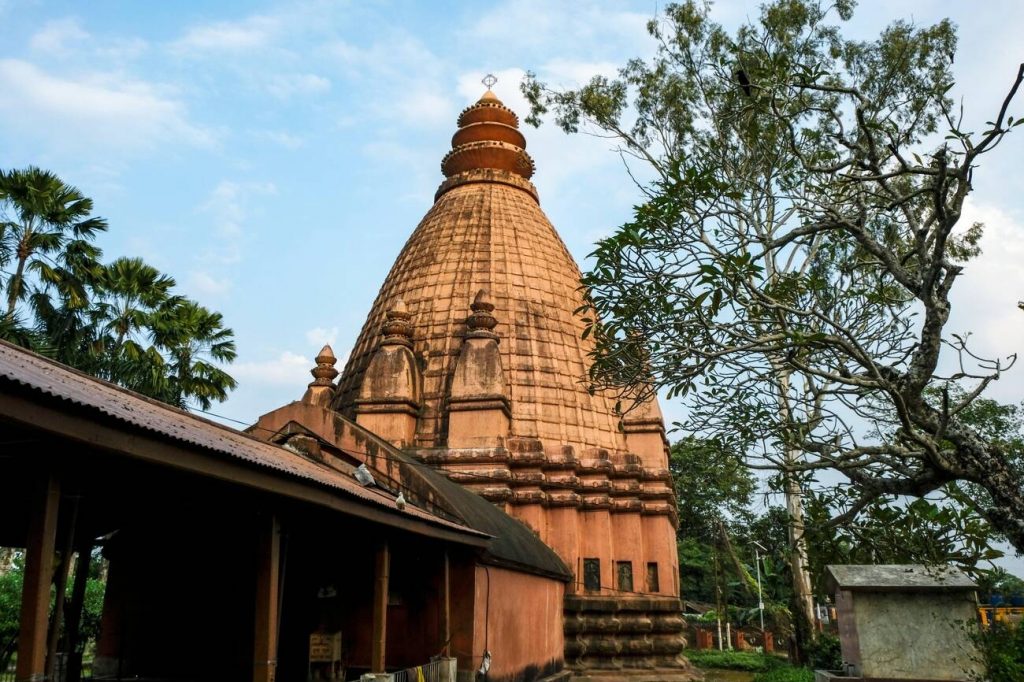
Along with Shiva Dol and Devi Dol, Vishnu Dol is a well-known tourist site in Assam and is situated in the centre of the Sivasagar district. This temple is situated on the edge of Sivasagar, a 200-year-old tank. It is devoted to Lord Vishnu and all of his incarnations and was constructed under the rule of the Ahom dynasty. Queen Madambika, the wife of the Ahom king Swargadeo Shiva Singha, built it.
3. DEVI DOL
In the Sivasagar district of Assam, there is a centuries-old temple called Devi Dol that is dedicated to the goddess Durga. This temple hosts an annual Durga Puja celebration that draws lots of visitors from all around the nation.
4. JOYSAGAR
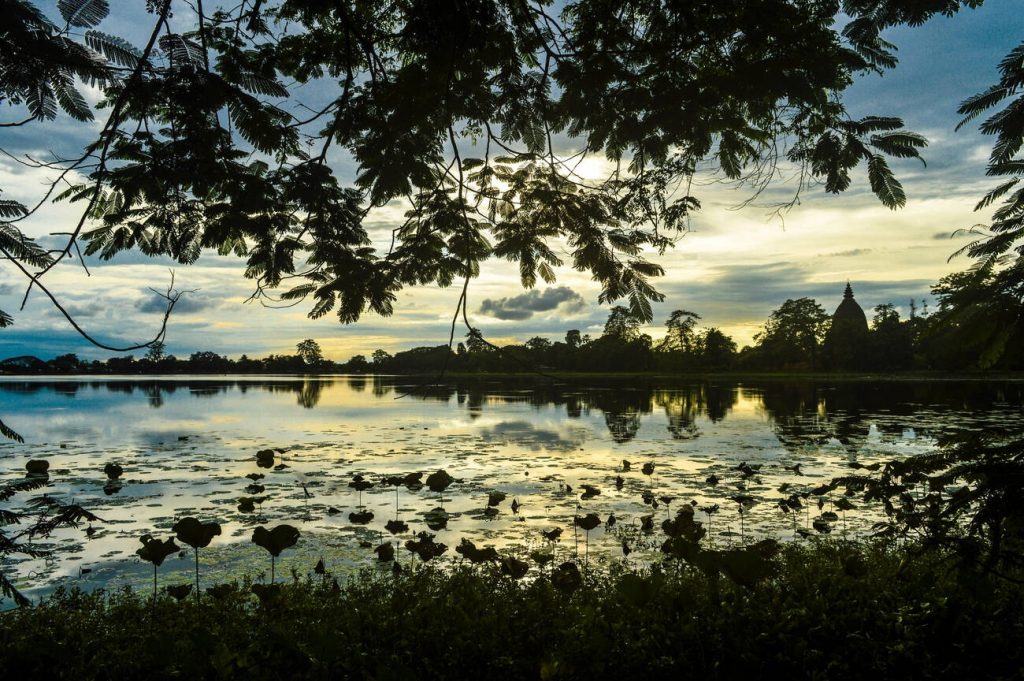
Joysagar is a man-made lake with historical value that located 5 km from the centre of Sivasagar. In 1697, an Ahom ruler named Swargadeo Rudra Singha made it in honour of his mother. This is one of India’s biggest artificial lakes, with a 318-square-meter surface area. It is also the biggest Ahom king-built structure in Assam.
5. CHARAIDEO
The Sukhapa-built city of Charaideo served as the seat of the Ahom dynasty. It is almost 28 kilometres away from Sibsagar. This area, which is located near the foothills of Nagaland, is frequently referred to as the “Pyramids of Assam.” Many Ahom monarchs’ and their queens’ graves, which are regarded as being exceedingly holy, are located in this area. On Charaideo’s hilltop, there are roughly 42 kings’ and queens’ graves
The flowery architecture on the underground vaults will enchant you, and there are clay mounds covering every room. People travel considerable distances to pay respect to these lost souls who have played important roles in the history of the nation. The Sukapha Park, a park close by, offers many kid-friendly entertainment opportunities.
6.RANG GHAR

One of the first event centres in Asia, Rang Ghar, often known as the Colosseum of the East, is still standing today. It is imperative to see Rang Ghar, a two-story royal sports pavilion from the Ahom dynasty, when in the historic city of Sivasagar. The structure, which is less than two miles from the city’s core, functioned as a location for both animal fights and cultural events. Swargadeo Rudra Singha’s rule saw the initial construction of Rang Ghar, which was made of wood and bamboo. Swargadeo Pramatta Singha later had it bricked up between 1744 and 1750.
7. KARENG GHAR
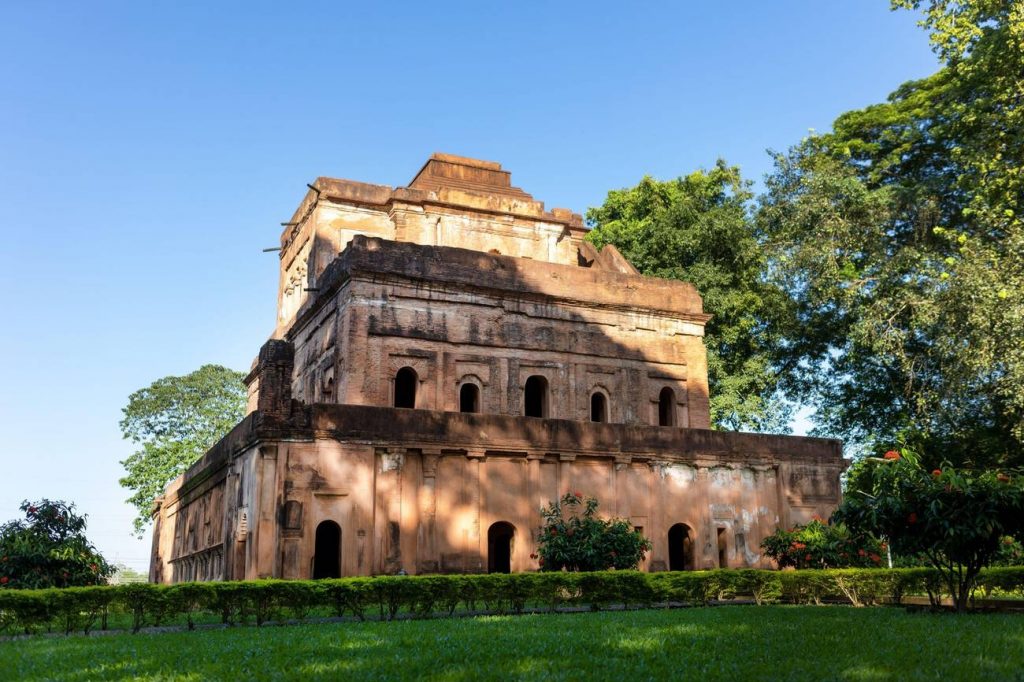
The Kareng Ghar, also known as Garhgaon Palace is situated in Garhgaon, Assam, India, 15 kilometres from Sivasagar. The Kareng Ghar is among the most opulent remains of Ahom architecture. Both wood and stone were used to build the palace constructions. The brick wall enclosing the Garhgaon Palace and the masonry gate leading to it were built in 1751 by Sunenphaa, the son of Sukhrungphaa, and were around 5 kilometres in length.
After being destroyed, the previous palace was rebuilt by Suremphaa in the early 1750s as the current building.
8. TALATAL GHAR

Four kilometres from the present-day Sivasagar in Assam, India, the Talatal Ghar is a palace and military outpost from the 18th century. It is the biggest monument that the Ahom dynasty ever constructed. It has three stories below ground and two underground hidden tunnels that used as escape routes during the Ahom’s wars with neighbouring kingdoms (and which give the structure its name).
Only the ground level, first floor, and what’s left of the second and third floors of the monument are open to tourists. This is constructed out of brick and a locally produced cement (made from swan eggs, Bora Chaul, a sticky form of rice grain, and other ingredients). There were two covert tunnels in the Talatal Ghar. The Talatal Ghar and the Dikhow River were connected by one, which was about 3 kilometers long; the other, which was 16 kilometres long and went to the Garhgaon Palace, served as a means of escape in the event of an enemy invasion.
Sivasagar is the ideal destination for anybody interested in food, culture, or history. Even though this little town is not nearly as well-known as many other Indian cities, it ought to be compared to them. Sivasagar consistently will meet expectations as someone who looks for fantastic cuisine, distinctive cultural experiences, historical landmarks, and beautiful people.

